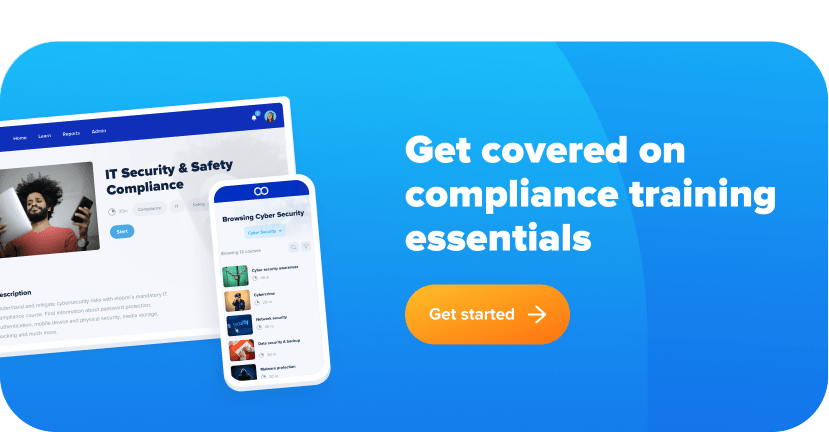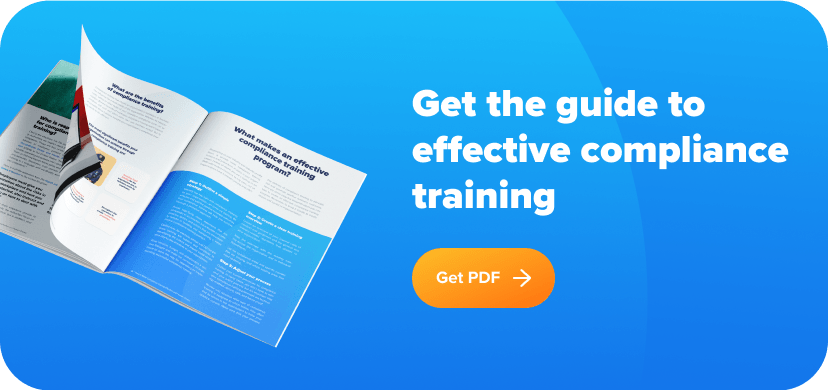Understanding whistleblowing
During sports matches, the referee addresses a no-go behavior of one or more players by whistleblowing. Likewise, employees can use whistleblowing to report misconduct in the workplace. It is vital to know in which circumstances it’s possible to apply the legislation and inform people about their rights at work via clear information.
Finding ourselves in a difficult situation and not knowing what to do can negatively affect the business and more individuals. That’s why we need first to understand how whistleblowing aims to protect people and encourage them to be attentive witnesses and proactive employees. That can be achieved through whistleblowing training and supported via effective feedback processes between managers and teams.

Time to protect rights
No one wants to be in uncomfortable positions at work like making disclosures, reporting colleagues’ behavior, or registering complaints. But we should understand the level of negative impact both privately and collectively if we don’t take these initiatives when needed.
So, when we encounter wrongdoings in areas protected under the whistleblower laws (fraud, corruption, abuse, mistreatment, etc.), we must be aware of their rights and acquainted with the correct process.
As employers, we have the responsibility to encourage and train whistleblowing compliance in the most efficient way. Plus, one of the most critical points is ensuring that employees feel safe and know their right to be protected by law. The Whistleblower Protection Act of 1989 and The Public Interest Disclosure Act (PIDA) of 1998 are intended to prevent victimization, have a proactive anti-retaliation program to protect individuals, and consider possible compensation for personal damage.

Raising awareness
In order to be confident and proactive, companies should work on two fronts; implement compliance training and prevent wrongdoings with a mechanism that creates transparency. It’s vital to foresee potential risks and avoid them with a strong culture based on transparency and trust.
Whistleblowing training can improve a shared feeling of loyalty among employees because it opens the door to security and safety.
By sharing crucial information about employees’ rights and responsibilities, you empower them beyond their job position. Moreover, discussing internal policies and raising awareness around these topics creates an inclusive and open workplace environment.
Once your employees are empowered by compliance training and familiarized with their rights and the business policies, organizations can also implement a good strategy to act faster in case of possible whistleblowing.
Widespread awareness and a collaborative attitude contribute to reducing the impact of misconduct reporting. Plus, dealing internally with whistleblowing situations aids organizations in keeping their reputation safer and preventing workplace retaliation.
Remember that whistleblowing training is helpful for all employees, directors, managers, trainees, or stakeholders. When individuals decide to report to their immediate manager, it’s important to know how to act appropriately and have developed critical thinking. Malpractice at work can also affect the public, for example, in case of damages to the environment.

Whistleblowing compliance takeaways
When you decide to implement whistleblowing training within your organization, remember that a transparent and well-structured system will enhance the learning experience. A digital platform helps you to provide your workforce with interactive content that is more likely to be understood and remembered in the long term.
Whistleblowing training offers benefits to both learners and companies:
- Strengthen company culture and values
- Prevent misconduct and misbehavior
- Raise awareness on whistle-blowers’ rights
- Foster a safe and inclusive workplace
- Improve compliance across departments
- Be able to act internally quicker
Want to implement whistleblower training to equip your employees with good knowledge and critical decision-making in the most efficient way?
Get in touch and we’ll help you to get started.






